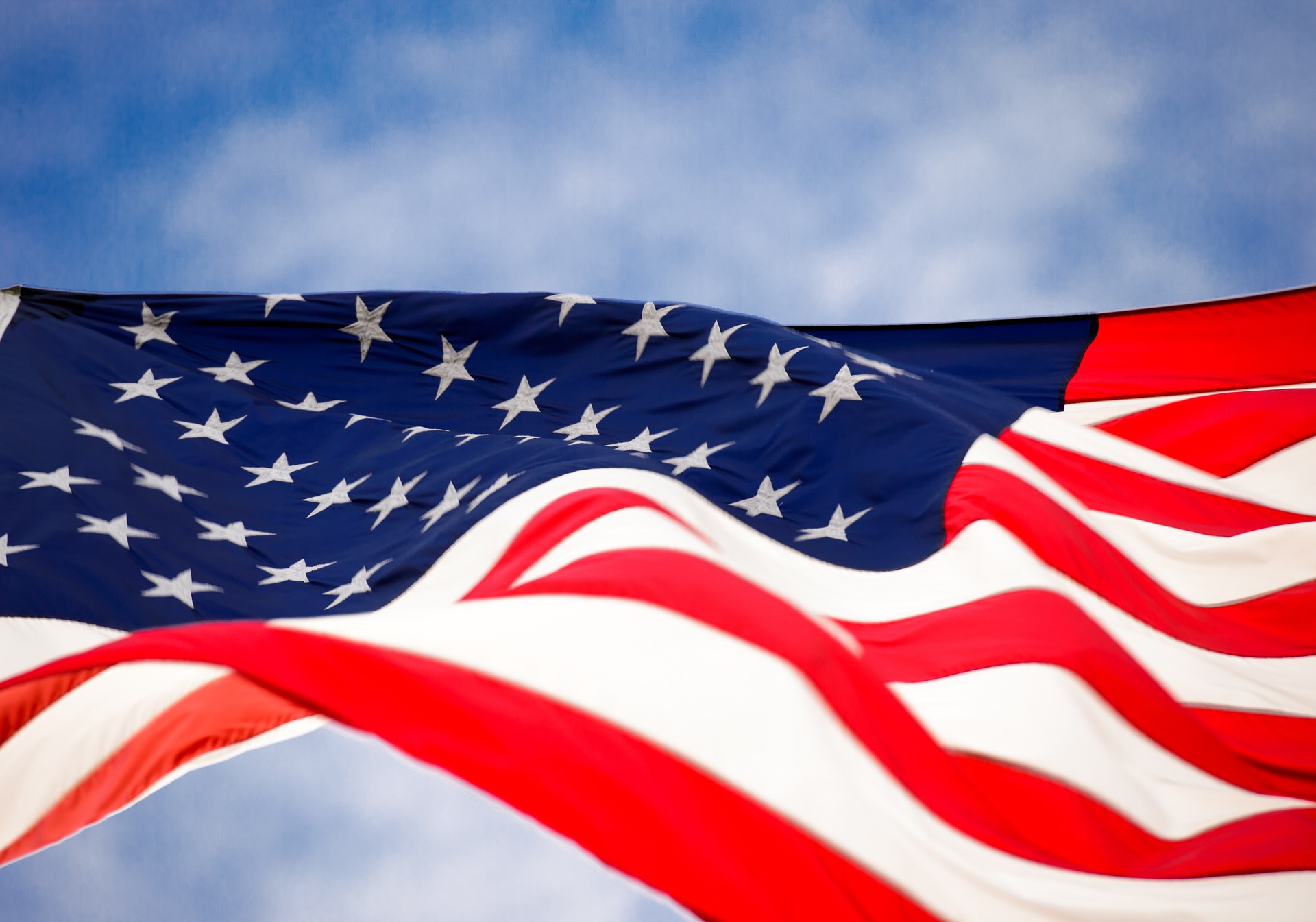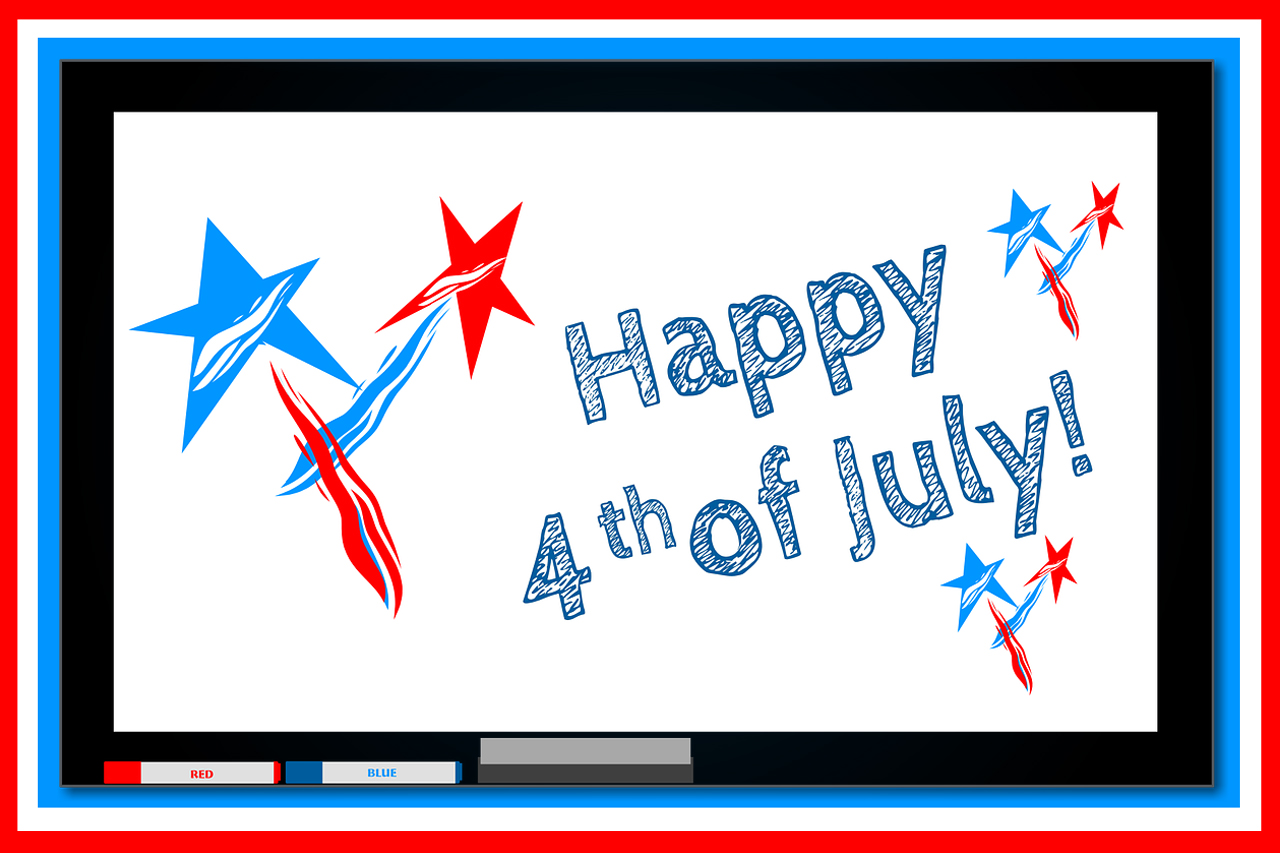
On Aug. 31, 2017, a federal judge in Texas struck down the Department of Labor’s (DOL) 2016 overtime rule, stating that the DOL had exceeded its authority by issuing a new salary level requirement for white collar exempt employees.
The DOL is unlikely to appeal this court decision because the ruling does not put into question the DOL’s general authority to set any type of salary limit.
However, the DOL has also signaled its intention to propose a new overtime rule. The DOL has published a request for information (RFI) to invite the public to comment on the issues the DOL should consider before proposing a new overtime rule.
Employers are not required to comply with the 2016 overtime final rule. This ruling ensures that the rule will not take effect. Employers should monitor developments on a new overtime rule proposal.
DOL Rule on White Collar Exemptions
The Fair Labor Standards Act (FLSA) establishes minimum wage and overtime pay protections for many workers in the United States. However, the FLSA exempts certain workers, such as white collar employees, from these protections. The white collar exemptions apply to certain executive, administrative, professional, outside sales, computer and highly compensated employees.
To qualify for the executive, administrative or professional (EAP) exemption, an employee must meet a salary basis test, a salary level test and a duties test. The DOL’s 2016 overtime rule would have increased the required salary level from $455 per week ($23,660 per year) to $913 per week ($47,476 per year). Highly compensated employees (HCEs) must also satisfy the salary basis and duties tests to be considered exempt, but a different salary level applies to them. The DOL rule would have increased the required salary level for highly compensated employees from $100,000 per year to $134,004 per year.
Challenges to the 2016 Overtime Rule
In September 2016, a coalition of 21 states and a number of business groups filed two separate lawsuits challenging the new rule. These two lawsuits were combined in October. On Nov. 16, 2016, the court held a hearing on whether to grant an emergency injunction blocking the implementation of the rule. The judge presiding over the case issued his written ruling granting the injunction on Nov. 22, 2016.
On Aug. 31, 2017, the same federal court struck down the 2016 overtime rule stating that the DOL exceeded its authority when imposing the $913 per week ($47,476 per year) and $134,004 per year salary level limits.
The Future of FLSA Overtime Regulations
On July 26, 2017, the DOL published an RFI regarding the overtime exemptions for executive, administrative, professional, outside sales and computer employees. The purpose of the RFI is to gather information from the public before formulating a proposal to amend the FLSA or its regulations.
The RFI does not place any responsibilities on employers. However, any individual or organization interested in responding to the RFI must submit their comments to the DOL by Sept. 25, 2017. The DOL is encouraging individuals and organizations to submit their comments electronically, using the instructions in the Federal eRulemaking Portal.
When submitting a comment, employers should remember that, once submitted, comments are considered public records and will be published without editing. This includes any personal information provided.
More Information
Please contact Scurich Insurance for more information regarding current overtime rules, compliance with the FLSA or the RFI on overtime regulations.
Read more

Final Forms for 2017 ACA Reporting Released
On Sept. 28, 2017, the Internal Revenue Service (IRS) released final 2017 forms for reporting under Internal Revenue Code (Code) Sections 6055 and 6056.
- 2017 Forms 1094-C and 1095-C are used by applicable large employers (ALEs) to report under Section 6056, as well as for combined Section 6055 and 6056 reporting by ALEs who sponsor self-insured plans. Related draft instructions were released on Aug. 31, 2017, and have not been finalized at this time.
- 2017 Forms 1094-B and 1095-B are used by entities reporting under Section 6055, including self-insured plan sponsors that are not ALEs. Related draft instructions were released on Aug. 31, 2017, and have not been finalized at this time.
The 2017 forms are substantially similar to the 2016 versions, except that sections related to expired Section 4980H Transition Relief were removed.
ACTION STEPS
Employers should become familiar with the revisions to the forms, and prepare to file these final versions in early 2018.
Background
The Affordable Care Act (ACA) created reporting requirements under Code Sections 6055 and 6056. Under these rules, certain employers must provide information to the IRS about the health plan coverage they offer (or do not offer) or provide to their employees. Each reporting entity must annually file all of the following with the IRS:
- A separate statement (Form 1095-B or Form 1095-C) for each individual who is provided with minimum essential coverage (for providers reporting under Section 6055), or for each full-time employee (for ALEs reporting under Section 6056); and
- A transmittal form (Form 1094-B or Form 1094-C) for all of the returns filed for a given calendar year.
Reporting entities must also furnish related statements (Form 1095-B or 1095-C, or a substitute form) to individuals.
Forms must generally be filed with the IRS no later than Feb. 28 (March 31, if filed electronically) of the year following the calendar year to which the return relates. Individual statements must be furnished to individuals on or before Jan. 31 of the year immediately following the calendar year to which the statements relate.
2017 Forms and Instructions
The 2017 forms, as well as the 2017 draft instructions, are substantially similar to the 2016 versions. However, note the following changes:
- Section 4980H Transition Relief. Several forms of transition relief were available to some employers under Section 4980H for the 2015 plan year (including any portion of the 2015 plan year that fell in 2016). However, no Section 4980H transition relief is available for 2017. As a result, the 2017 draft instructions for Forms 1094-C and 1095-C were revised to remove references to Section 4980H transition relief. In addition, Form 1094-C has been revised to remove references to this transition relief. Specifically, the following two sections on Form 1094-C related to this transition relief have been designated as “Reserved” and should not be used: Part II, in the “Certifications of Eligibility” Section on Line 22, Box C; and Part III, in the “ALE Member Information – Monthly” table, column (e).
- Instructions for Recipient. Both individual statements (Forms 1095-B and 1095-C) include an “Instructions for Recipient” section. On both of the 2017 Forms 1095-B and 1095-C, the following paragraph was added: “Additional information. For additional information about the tax provisions of the Affordable Care Act (ACA), including the individual shared responsibility provisions, the premium tax credit, and the employer shared responsibility provisions, see www.irs.gov/Affordable-Care-Act/Individuals-and-Families or call the IRS Healthcare Hotline for ACA questions (1-800-919-0452).”
- Updated Penalty Amounts. Both sets of 2017 draft instructions include updated penalty amounts for failures to file returns and furnish statements in 2017. The adjusted penalty amount is $260 per violation, with an annual maximum of $3,218,500 (up from a maximum of $3,193,000, for 2016).
- Code Series 2 (Section 4980H Safe Harbor Codes and Other Relief). The 2017 draft instructions for Forms 1094-C and 1095-C clarify that there is no specific code to enter on line 16 to indicate that a full-time employee who was offered coverage either did not enroll or waived the coverage.
- Corrected Forms 1095-C. The 2017 draft instructions for Forms 1094-C and 1095-C include additional information for employers that have errors on Forms 1095-C. Specifically, the draft instructions indicate that Forms 1095-C filed with incorrect dollar amounts on line 15, Employee Required Contribution, may fall under a safe harbor for certain de minimis errors. The safe harbor generally applies if no single amount in error differs from the correct amount by more than $100. If the safe harbor applies, employers will not have to correct Form 1095-C to avoid penalties. However, if the recipient elects for the safe harbor not to apply, the employer may have to issue a corrected Form 1095-C to avoid penalties. For more information, see Notice 2017-9.
- Reporting Catastrophic Coverage for 2017. The 2017 draft instructions for Forms 1094-B and 1095-B clarify that reporting for catastrophic coverage enrolled in through the Exchange remains optional for 2017. It was expected that health insurance issuers and carriers would be required to report this coverage beginning in 2017. However, the instructions clarify that reporting of catastrophic coverage enrolled in through the Exchange will remain optional for coverage in 2017 (filing in 2018).
- Formatting Returns Filed with the IRS. Both sets of 2017 draft instructions clarify that all returns filed with the IRS must be printed in landscape format.
In addition, a prior draft version of Form 1095-C for 2017 clarified that the “Plan Start Month” box in Part II of Form 1095-C will remain optional for 2017. The draft instructions for Forms 1094-C and 1095-C indicate that this box may be mandatory for the 2018 Form 1095-C.
Although the forms have been finalized for 2017 reporting, keep in mind that the IRS may include additional clarifications in the final instructions, once those are released.
Additional Resources
The 2016 versions of these forms are also available on the IRS website:
These forms must have been filed with the IRS no later than Feb. 28, 2017 (March 31, 2017, if filing electronically). However, the IRS extended the due date for furnishing individual statements for 2016 an extra 30 days, from Jan. 31, 2017, to March 2, 2017. The IRS does not anticipate extending the filing or furnishing deadlines for 2017 reporting.
According to the IRS, information returns under Sections 6055 and 6056 may continue to be filed after the filing deadline (both on paper and electronically). Employers that missed the filing deadline should continue to make efforts to file their returns as soon as possible.
The IRS also previously released:
More Information
Please contact Scurich Insurance for more information on reporting under Code Sections 6055 and 6056.
Read more

“As the year comes to a close, it is a time for reflection – a time to release old thoughts and beliefs and forgive old hurts. Whatever has happened in the past year, the New Year brings fresh beginnings. Exciting new experiences and relationships await. Let us be thankful for the blessings of the past and the promise of the future.” – Peggy Toney Horton
Read more

We are the land of the free,
we are the home of the brave.
Let’s pay tribute to our brave American Heroes on this special day and forever.
Happy Independence Day!
Read more

4th of July fireworks, parades and cookouts are an excuse for you to relax with family and friends. As you plan your celebration this year, take several steps to ensure safety for everyone involved in celebrating the United States’ birthday.
Use Fireworks Safely
Public fireworks displays are the safest way to enjoy the beautiful colors and terrific booms of this July 4th tradition, especially when you maintain a distance of at least 500 feet between you and the show. Firework displays at home can be fun though too. If you go that route, take these precautions.
- Follow the instructions on the packaging.
- Never allow children to play with the fireworks.
- Stock a fire extinguisher or water supply nearby.
- Wear eye protection when lighting fireworks.
- Remove flammable materials from the area.
- Never point fireworks toward people, animals, vehicles or structures.
- Properly dispose of duds rather than trying to relight them.
Take Precautions While Grilling
Burgers, hot dogs, fruit and pizza taste delicious when they’re grilled. Grab your favorite side dishes and follow a few precautions that ensure you and your guests grill safely.
- Always supervise the grill when it’s in use.
- Never grill indoors or in a fully enclosed area such as a garage or tent.
- Use lighter fluid sparingly and never after the coals are ignited.
- Keep children and pets away from the hot grill.
- Remove flammable objects, including trees, from near the grill.
- Use long-handled tools to handle food.
Stay Safe on the Beach
Swimming is a fun summer activity, and it’s good exercise. At the beach, lake, public pool or backyard pool, stay safe with these tips.
- Swim only in designated areas.
- Obey the lifeguard and all posted signs.
- Get out of the water during a storm or if you hear thunder or see lightening.
- Require children to wear life jackets.
- Don’t dive into shallow water.
Wear Sun Bathing Protection
Picnics are part of many July 4th celebrations. You should also take these protective measures.
- Wear sunscreen that’s at least 15 SPF.
- Remember to apply sunscreen to your ears, hair part and the tops of your feet.
- Avoid direct sunlight between 10 a.m. and 4 p.m. when the UV rays are strongest.
- Reapply sunscreen every two to three hours or more frequently if you’re sweating.
- Drink plenty of water even if you’re not thirsty.
- Wear a hat, sunglasses and long sleeves if you have to be in direct sunlight.
- Watch for signs of heat stroke, including hot, red skin, shallow breathing and rapid, weak pulse.
Your July 4th celebration will be safe when you take these steps. For more advice, talk to your health insurance agent. He or she stands ready to help you have the best birthday party ever.
Read more

Friday
at
5:00pm – 8:00pm
Please come and enjoy a country run in Toro Park at the magical time of day known as sunset.
With cool temps and beautiful shadows on the course, this time of day provides a great opportunity to run a fast cross country race.
Once again we will offer the
- Kids one mile, 2.2 mile
- High School 3 Mile Challenge
- A 4 mile run
- A “Sunset Runner” is for those diehard runners willing to race a combine 10k of cross country running by doing both the 2.2 and 4 mile runs with just about a 30 minute break in between.
Come get in a great summer workout and support Hartnell College Cross Country.
This event is open to all ages, abilities, and even dogs!
Read more






